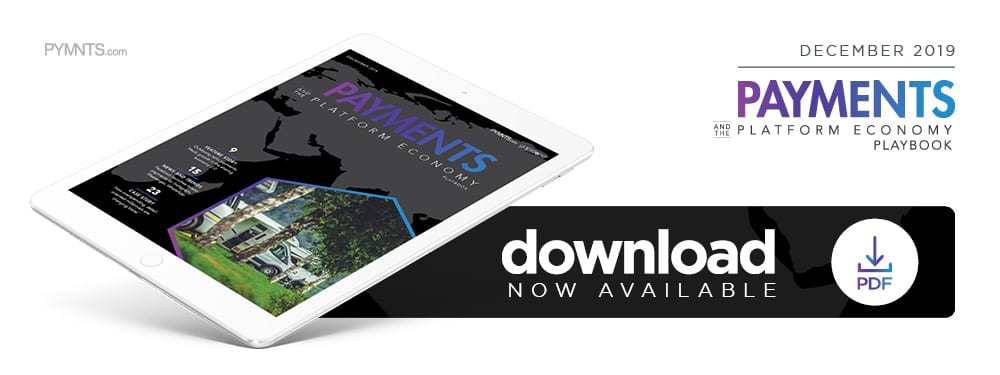How Younger Generations Impact Travel Marketplaces, Payments

Travel was the original impetus behind the sharing economy, with platforms like Airbnb opening up private houses for vacation rentals and Uber catering to those needing rides to work or home. This segment has expanded, but the business model and target customers remain roughly the same: younger consumers with money to burn.
What this demographic wants out of peer-to-peer (P2P) marketplaces is changing, however, as more millennials become fully active members of the working world. This group will represent 75 percent of the total global workforce by 2025 and is now juggling expense reports, budgets and other financial concerns before booking personal or professional travel arrangements. Millennials are still spending money on trips and vacations, but how and where they do so is shifting.
Sharing economy platforms are thus hunting for payment methods and services that appeal to both travelers looking for discounts and renters who want to be paid quickly. Marketplaces must also deal with more payments segmentation and serve customers of generations that want different things. Companies remaining competitive must ensure they are properly responding to each generation’s payment needs.
Millennials And Their Changing Travel And Payment Opinions
Millennials view travel as more of a priority than prior generations, as a recent study found that the average millennial plans to take approximately five trips each year and that three of those are international. They also have few qualms about spending on these trips, with approximately half of millennial and Generation Z respondents in one survey saying they would be fine going into debt to fund summer travel plans. Seventy-six percent of the former and 69 percent of the latter that did so reported no regrets.
The bad news is that millennials start the booking process with more research and anxiety than their predecessors. They are now established members of the workforce, but many do not believe that financial stability will last. It is not uncommon for millennials to create spreadsheets of possible trip combinations, comparing everything from local brunch spots to rental prices on different platforms. Many also have travel-focused savings accounts or budget for upcoming vacations in other ways.
Forty-nine percent of all travelers noted they spent most of their travel money on hotels and accommodations, and as millennials continue to make up a greater portion of global travelers every year, sharing platforms must balance their preferences as they over plan and overspend. That dichotomy is moving millennials and, to a lesser extent, Gen Z away from traditional ways of financing their vacations. These generations remain credit-shy compared to older consumers, but alleviating their anxieties is not as simple as offering credit alternatives. They may prioritize payment ease, speed and technology, but they place more emphasis on sustainability than older travelers.
Sharing platforms also need to make sure they are properly fulfilling the payment desires of the millennials who put their homes and other belongings up on marketplaces. This group views itself as entrepreneurial and participates the most in the sharing and gig economies. Millennials who list their homes for rent or drive for rideshares often view money earned from these gigs as essential to their incomes, making the ease of receipt decisive when choosing a platform.
Certain marketplaces have taken this to heart, making moves to entice to younger consumers. Uber launched Uber Money earlier in 2019 to speed access to funds, offering drivers real-time access to wages and mobile-connected checking accounts to minimize payout wait times.
Travel platforms and Gen Z
Travel platforms are beginning to understand how millennials’ payment preferences are changing, but that demographic is no longer the only group of young, tech-savvy consumers making travel arrangements. Gen Z customers occupy a larger portion of the buyer population than millennials, and their perceptions of payments and the financial world are unique.
The oldest of these consumers are in their early 20s, granting them plenty of time for their opinions on payments and the sharing economy to change. Members of Gen Z already have several shopping tendencies that differentiate them from millennials, including their penchant for brick-and-mortar stores and face-to-face interactions with sales representatives. They are not yet booking accommodations at the same rate as millennials given their lack of income, but they are quickly filtering into and interacting more often with other sharing economy marketplaces.
Gen Z customers are more than familiar with mobile and digital offerings, too, meaning they are unlikely to see innovative payments as a differentiator when choosing marketplaces for travel or other purchases. Payments are still important, though, as seamless, secure transactions are essential to quality travel experiences — they just might not be what draws Gen Z customers to P2P platforms. Those that want to reach this generation will thus need to find other ways to stand out from the crowd.

